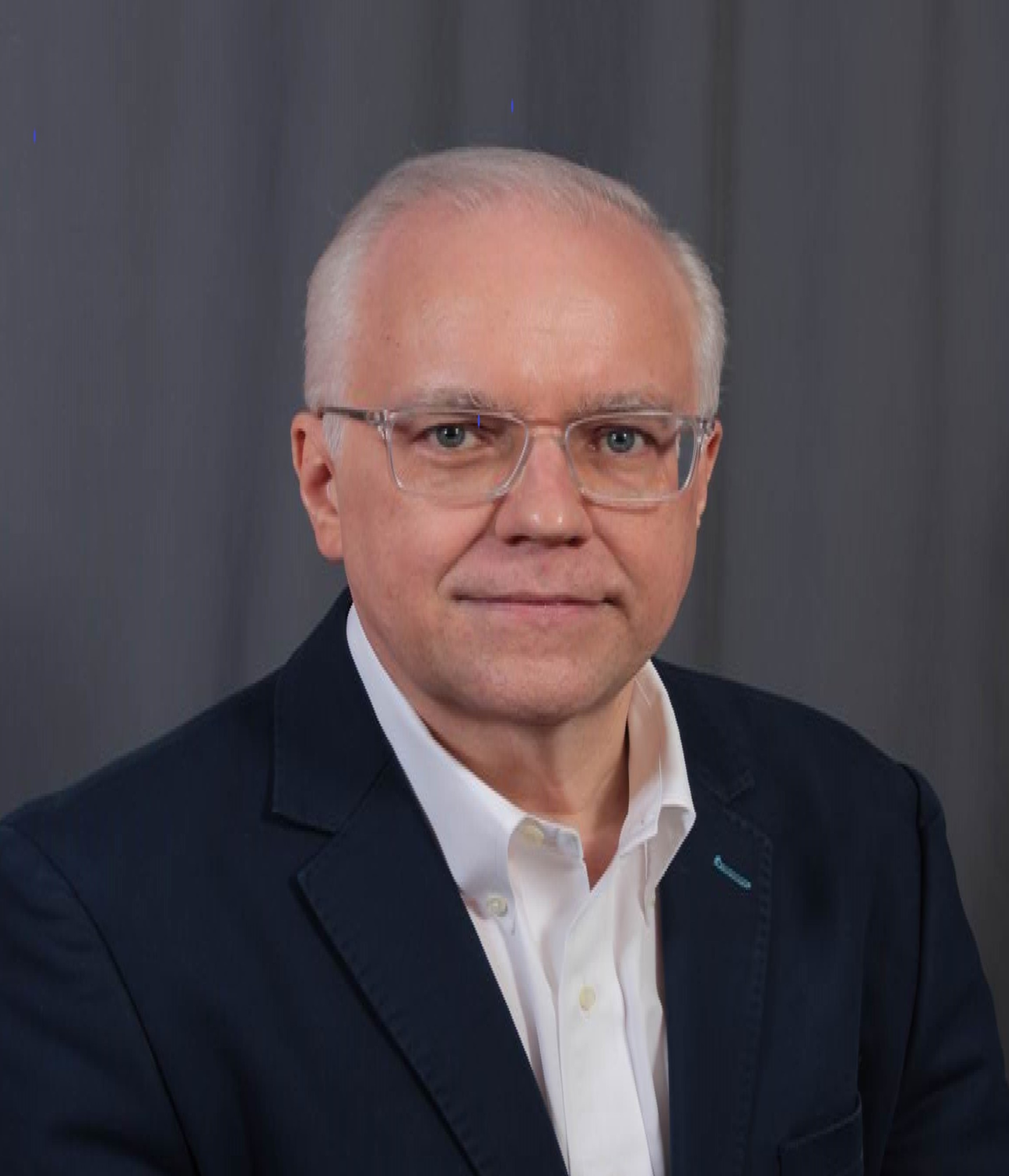
Colloquia/Seminars
Time: 11:00am, Nov 20, 2024
Venue: Lecture Hall, Shanghai Brain Center
Speaker: Dr. Peter Mombaerts
Director, Max Plank Research Unit for Neurogenetics, Frankfurt, Germany
Biography:
Education
Medical School: 1980-1987. Catholic University of Leuven, Leuven, Belgium. M.D. degree in June 1987 with summa cum laude and congratulations of the examining board (highest grade).
Graduate School: 1987-1992. Massachusetts Institute of Technology, Cambridge, MA, USA. Department of Biology. Ph.D. degree in Biology in June 1992 with thesis "Studies on Lymphocyte Development and Function with Mutant Mice Created by Gene Targeting." Advisor: Dr. Susumu Tonegawa, 1987 Nobel Laureate in Physiology or Medicine.
Postdoc: 1993-1995. Columbia University, New York, NY, USA. Advisor: Dr. Richard Axel, 2004 Nobel Laureate in Physiology or Medicine.
Faculty Positions
The Rockefeller University, New York, NY, USA.
Head, Laboratory of Developmental Biology and Neurogenetics.
Assistant Professor: 1995-2001. Associate Professor: 2001-2003. Professor: 2003-2007.
Max Planck Institute of Biophysics, Frankfurt, Germany.
Director, Department of Molecular Neurogenetics: 17 July 2006-16 July 2013.
Max Planck Research Unit for Neurogenetics, Frankfurt, Germany.
Director, 17 July 2013-now.
Fellowships and Awards
As graduate student
1987-1988: Graduate Fellow of the Belgian American Educational Foundation.
1988-1992: Howard Hughes Medical Institute Predoctoral Fellow in Biological Sciences.
As faculty member at The Rockefeller University
1996: Searle Scholar Award.
1997: Basil O'Connor Starter Scholar Research Award (March of Dimes Birth Defects Foundation).
1997: Irma T. Hirschl Trust Career Scientist Award.
1997: Alfred P. Sloan Research Fellow.
1997: Klingenstein Fellowship Award in the Neurosciences.
1997: McKnight Scholar Award in Neuroscience.
1997: Presidential Early Career Award for Scientists and Engineers (from President Clinton).
1998: Guggenheim Fellow.
1998: Rita Allen Foundation Scholar Award.
2001: Takasago Award for Research in Olfaction (Association for Chemoreception Sciences).
2001: Firmenich Fragrance Award.
2004: R. H. Wright Award in Olfactory Research, and Distinguished Visiting Professor, Simon Fraser University, Vancouver, BC, Canada.
2004: Honorary Professor, The University of Queensland, Brisbane, Australia.
As Director of the Max Planck Society
2008: Fellow, American Association for the Advancement of Science (AAAS).
2010-2015: Advanced Grant, European Research Council.
2013-2015: Julius von Haast Fellow, Royal Society of New Zealand.
Editorial Activities
2002-: Member of the editorial board of Molecular Cellular Neuroscience.
2005-2011: Associate Editor of The Journal of Neuroscience.
Abstract:
Anosmia, the loss of smell, is a common and often the sole symptom of COVID-19. The onset of the sequence of pathobiological events leading to olfactory dysfunction remains obscure. We reasoned that the neurotropic or neuroinvasive capacity of SARS-CoV-2, if it exists, should be most easily detectable in individuals who died in the acute phase of the infection. Procuring high-quality fresh tissue samples from the human olfactory mucosa and olfactory bulb has proved challenging, either from living patients or during an autopsy. We developed a protocol for rapid postmortem bedside sampling using an endoscopic endonasal surgical technique adapted from skull base surgery. The procedure leaves no visible incisions and enables a rapid response and logistic flexibility in a variety of hospital settings including a ward. Compared to a typical autopsy, the protocol drastically reduces the postmortem interval. Our cohorts included 115 COVID-19 patients who died a few days after diagnosis of SARS-CoV-2 infection, enabling us to catch the virus while it was still replicating. We found that sustentacular cells are the major target cell type in the olfactory mucosa.We failed to find evidence for infection of olfactory sensory neurons. We postulate that transient insufficient support from sustentacular cells triggers transient olfactory dysfunction in COVID-19 and that olfactory sensory neurons get affected without getting infected. Confocal imaging of sections stained with fluorescence RNAscope and immunohistochemistry afforded the light-microscopic visualization of extracellular SARS-CoV-2 virions in tissues. We failed to find evidence for viral invasion of the parenchyma of the olfactory bulb and of the frontal lobe of the brain. Instead, we identified anatomical barriers at vulnerable interfaces, such as a barrier formed by perineurial olfactory nerve fibroblasts that enwrap olfactory axon fascicles within the lamina propria of the olfactory mucosa. This poorly characterized cell type appears to seal olfactory axon fascicles hermetically from invasion by SARS-CoV-2 virions. We speculate that this barrier may also be effective against some of the many other pathogens that infect the nasal mucosa and could threaten the brain.